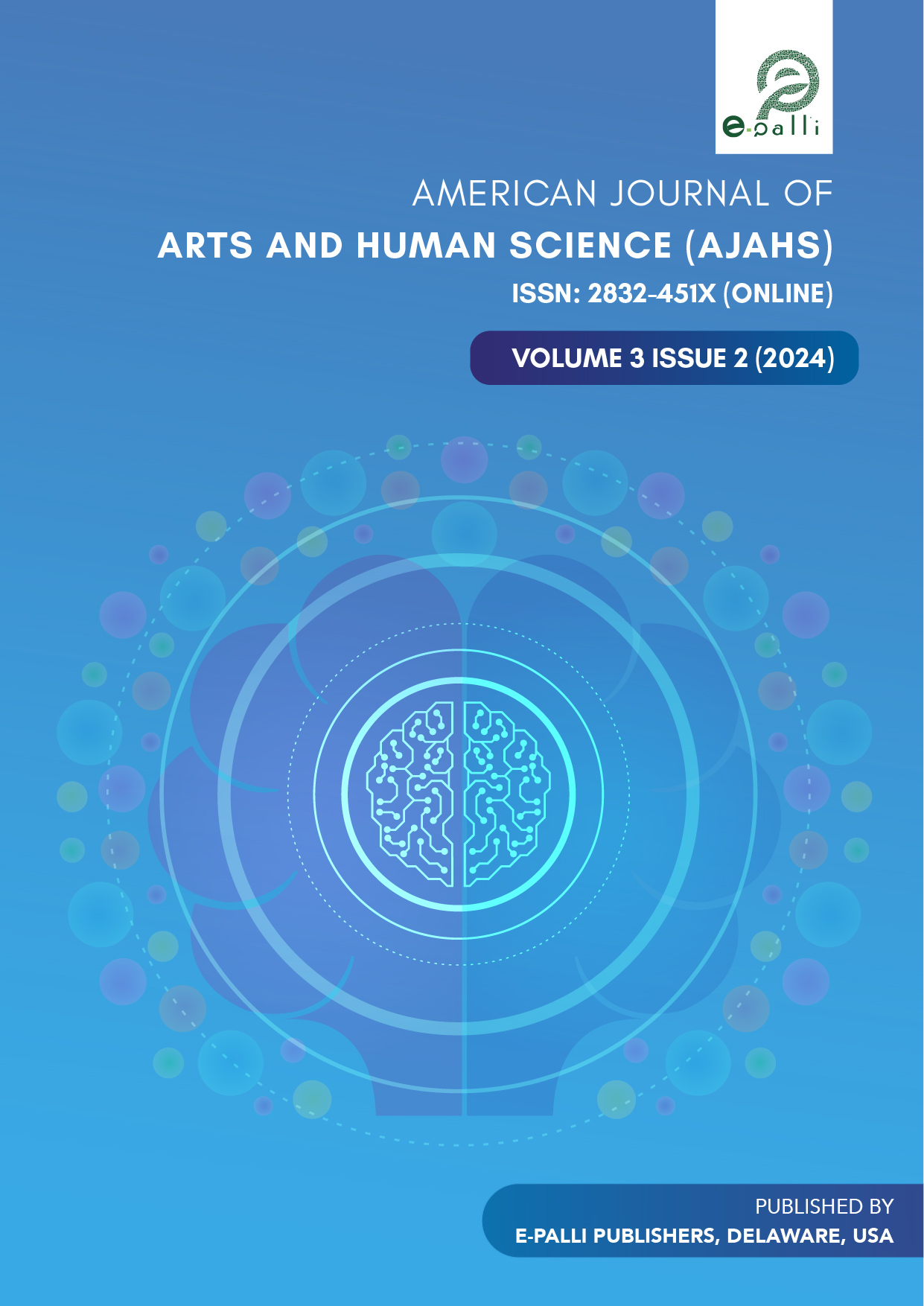Differences and Integration of Chinese and Western Urban Garden Architectural Aesthetics
DOI:
https://doi.org/10.54536/ajahs.v3i2.2756Keywords:
Chinese and Western Classical Gardens, Comparison, Architectural Aesthetics and Art, Formation Background, Urban ArchitectureAbstract
From the perspective of Chinese and Western urban aesthetics, the article studied 15 existing scientific literature sources in terms of building types, building scale, gardening art, the relationship between gardens and architecture, the aesthetic style of castles and buildings, artistic origins, and aesthetic tastes. Using the classification and comparative analysis method, the artistic characteristics of Chinese and Western classical gardens were compared, the reasons for the differences in the artistic characteristics of Chinese and Western classical gardens were analyzed, and it was pointed out that the integration of Eastern and Western garden arts has reference significance for Chinese urban greening.
Downloads
References
Chen, C. (2004). Ziweng Shuoyuan (1st ed.). Beijing, China: Beijing Press.
Jikou, H. (1987). How Xie Lingyun “passed through the mountains and rivers”. Chinese Garden, 3, 12-14.
Jin, X. (2005). Chinese Garden Aesthetics (1st ed.). Beijing, China: China Architecture Industry Press.
Liu, D. (1979). Suzhou Classical Gardens (1st ed.).
Shi, G. (2010). The role of metaphysics in Xie Lingyun’s landscape poems. Chuanshan Academic Journal, 3, 174-176.
Tolia-Kelly, D. P. (2004). Materializing post-colonial geographies: Examining the textual landscapes of migration in the South Asian home. Geoforum, 35(6),675-688.
Tong, Y. (1984). Jiangnan Garden Chronicles (2nd ed.). Beijing, China: China Construction Industry Press.
UNESCO. (2021). Cultural landscapes. Retrieved from https://whc.unesco.org/en/culturallandscape
Vaughn, L. M., & Turner, C. (2016). Decoding via coding: Analyzing qualitative text data through thematic coding and survey methodologies. Journal of Library Administration, 56(1), 41-51.
Waitt, G., & Lane, R. (2013). The beach as liminal space.Urban Studies, 50(10), 2148-2164.
Wang, J. (2006). History of Ancient Chinese Gardens (1st ed.). Beijing, China: China Architecture Industry Press.
Wang, X., & Hu, J. (2005). Research on Xie Lingyun’s Mountain Residence. Chinese Garden, 8, 73-77.
White, S., & Le Cornu, A. (2011). Visitors and residents: A new typology for online engagement. First Monday, 16(9).
Downloads
Published
How to Cite
Issue
Section
License
Copyright (c) 2024 Liu Chunxiu

This work is licensed under a Creative Commons Attribution 4.0 International License.








